Introduction
In the realm of the wild, where survival is a constant challenge, the largest snakes have evolved remarkable tactics for catching and consuming prey. From stealthy maneuvers to powerful constrictions, these serpentine giants showcase nature’s ingenuity. Join us on an exploration of the survival tactics employed by the largest snakes, unraveling the mysteries of their hunting strategies and feeding behaviors.
The Art of Ambush
Camouflage and Blending Into the Environment
One of the primary survival tactics of large snakes involves their exceptional ability to camouflage within their surroundings.

Whether in the dense foliage of a rainforest or the arid expanses of a savanna, these snakes use their coloration and patterns to become nearly invisible, creating the perfect ambush scenario.
Patience as a Key Strategy for Success
Large snakes are masters of patience. They can remain motionless for extended periods, waiting for the opportune moment to strike.
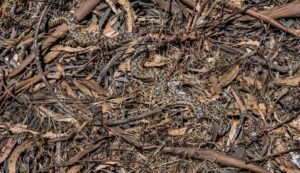
This calculated patience is a crucial survival tactic, allowing them to conserve energy and ensure a successful ambush when prey comes within striking range.
The Power of Constriction
Mechanism of Constriction and Subduing Prey
Constriction is a signature move of the largest snakes. By coiling their muscular bodies around prey, they exert powerful pressure, restricting the victim’s ability to breathe and effectively subduing it.
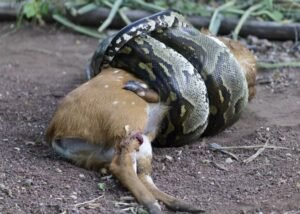
This efficient mechanism not only conserves energy but also minimizes the risk of injury during the capture.
Versatility in Prey Selection and Hunting Strategies
Large snakes exhibit versatility in their prey selection and hunting strategies. From small mammals and birds to larger prey like deer or crocodiles, their adaptability allows them to thrive in various ecosystems. The ability to adjust their hunting strategies based on prey size and behavior is a testament to their survival prowess.
Infrared Sensing: A Stealthy Advantage
Utilizing Heat-Sensitive Pits for Prey Detection
Many large snakes possess specialized heat-sensitive pits on their faces. These pits detect infrared radiation emitted by warm-blooded prey, providing the snakes with a highly effective means of locating potential meals even in complete darkness. This evolutionary adaptation enhances their hunting capabilities significantly.
Enhancing Hunting Success in Low-Light Conditions
Large snakes often hunt during low-light conditions, utilizing their infrared sensing capabilities to navigate and locate prey. Whether it’s in the dusk of twilight or the darkness of the night, these snakes have honed their skills to become formidable hunters in various lighting scenarios.
Devouring Whole: Swallowing Strategies
Jaw Flexibility for Ingesting Large Prey
The ability to unhinge their jaws is a distinctive feature of large snakes. This incredible flexibility allows them to open their mouths wide enough to swallow prey much larger in diameter than their heads. This characteristic, combined with the absence of a rigid sternum, enables them to consume meals that seem disproportionate to their body size.

Digestive Adaptations to Process and Assimilate Meals
Large snakes possess remarkable digestive adaptations that facilitate the breakdown and assimilation of their meals. Their highly acidic stomachs can dissolve bones and tough tissues, extracting essential nutrients from a wide range of prey. This digestive efficiency is a critical element of their survival, enabling them to thrive on a diverse diet.
Conservation Challenges and Human Coexistence
Threats to the Survival of Large Snake Species
While large snakes have evolved formidable survival tactics, they face significant threats from human activities. Habitat loss, illegal trade, and persecution pose challenges to their survival. Understanding these threats is essential for implementing effective conservation measures.
Promoting Awareness for Responsible Coexistence
Promoting awareness about the importance of large snakes in ecosystems and dispelling myths is crucial for fostering responsible coexistence. Educating communities about the role of these serpents in maintaining ecological balance can contribute to their conservation and mitigate conflicts between humans and snakes.
Conclusion
The Intricate Dance of Survival in the Wild
The largest snakes engage in an intricate dance of survival, employing a combination of stealth, power, and adaptability. Their strategies have evolved over millennia, allowing them to thrive as apex predators in diverse ecosystems.
A Call for Appreciation and Conservation Efforts
As stewards of the natural world, it is our responsibility to appreciate the survival tactics of the largest snakes and to contribute to their conservation. By understanding and respecting these remarkable creatures, we can ensure the continuation of the intricate dance of life in the wild.
Learn more about Python.

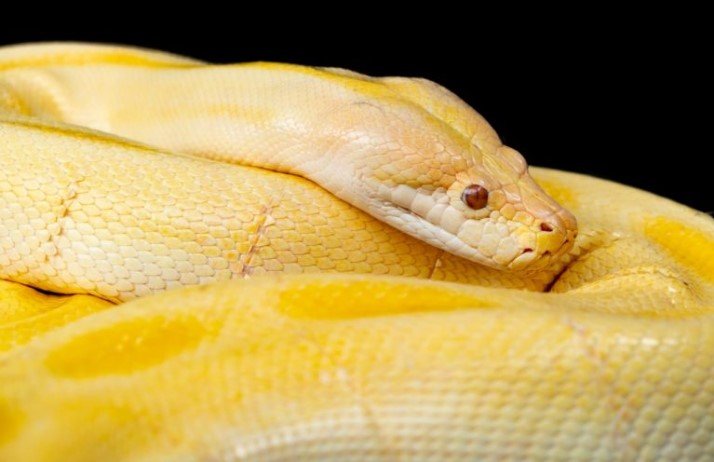
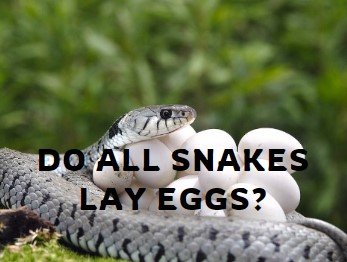
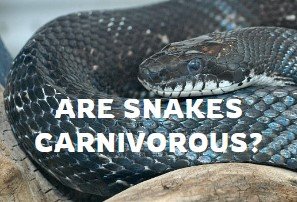
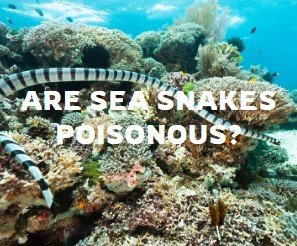
Leave a Reply